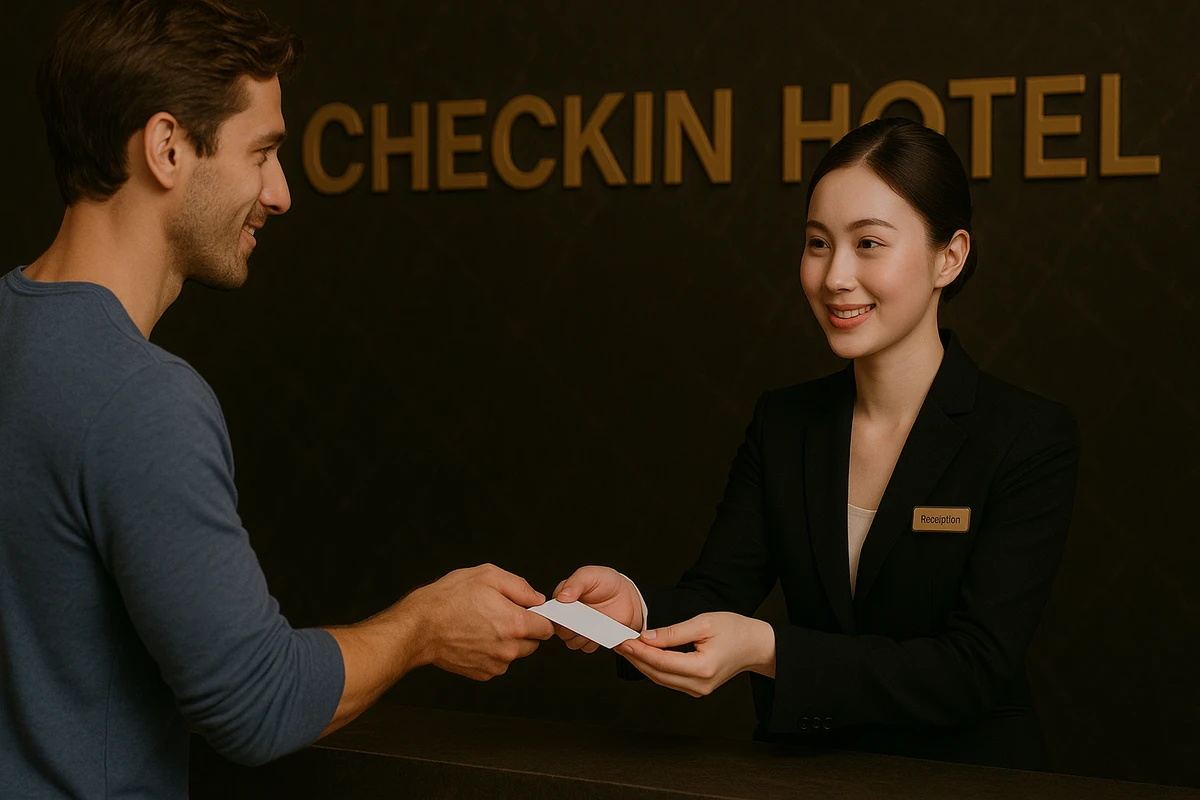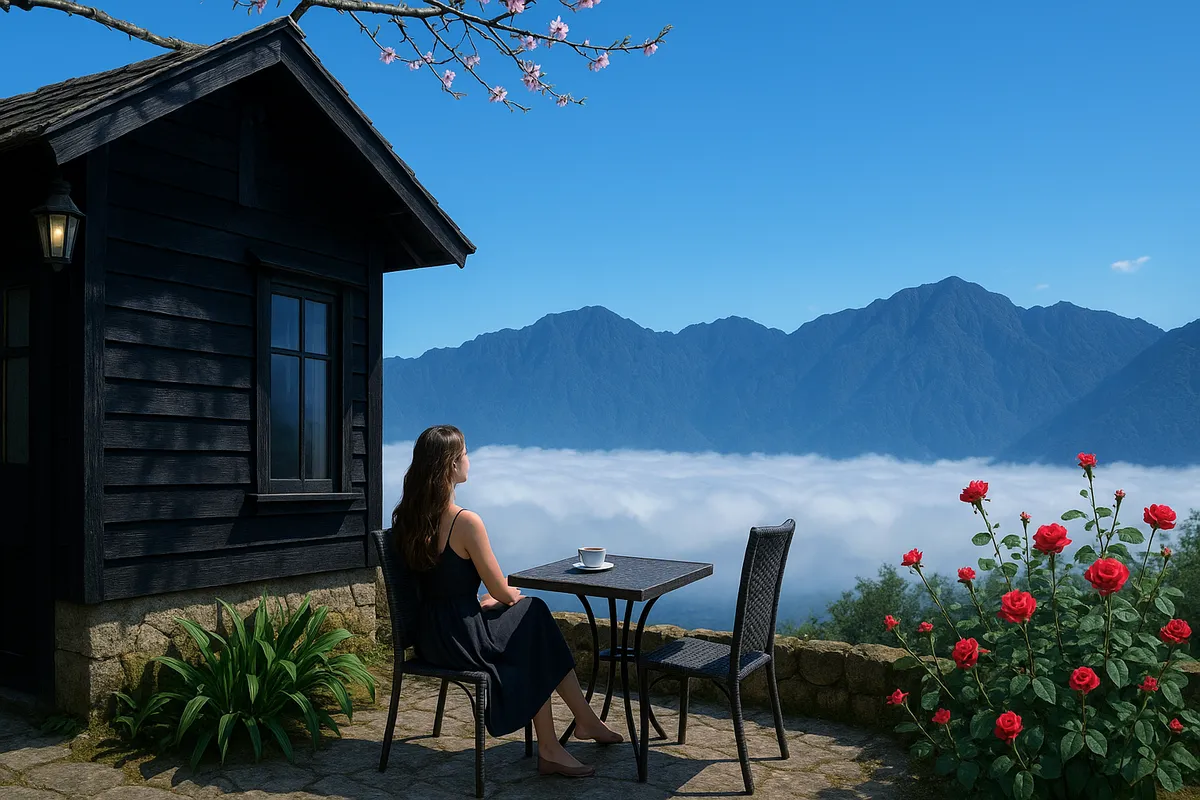How to shorten check-in time for Resort Hotels
- Wednesday, May 28, 2025, 13:24 (GMT+7)
How to shorten check-in time for Resort Hotels
Check-in is one of the very first and most crucial steps in any hotel or resort stay. Yet ironically, it is also one of the most frustrating moments for many travelers, especially during peak tourism seasons or after long, exhausting journeys. Long queues, paperwork overload, and delays in room readiness can significantly dampen a guest’s first impression. This not only affects customer satisfaction but also puts pressure on front desk staff. So how can check-in time be shortened effectively without compromising on process, professionalism, or hospitality.
A growing number of successful hotels are gradually shifting from manual check-in procedures to more flexible and proactive systems. When guest information is pre-standardized, the front desk no longer has to manually input every detail. Many travelers have reported that standing in line at the front desk feels more like going through a bureaucratic procedure than starting a holiday. That’s why pre-arrival preparation, guest lists, room types, payment methods, special requests, can cut down check-in time dramatically.
One often overlooked yet highly effective tip is sending guests a short information form right after booking. Just a few minutes to fill in their name, ID or passport number, expected arrival and departure time, and any personal preferences such as vegetarian meals, non-smoking rooms, or ocean views, can help shorten on-site procedures by up to 70 percent. In a small field study conducted across three coastal resorts, guests who submitted information in advance completed their check-in in just 3 to 5 minutes, while those who didn’t spent anywhere from 12 to 20 minutes.
Flexible staffing at the front desk also plays a critical role. Some places only assign one or two staff members during peak hours, causing bottlenecks. In contrast, smart hotels implement flow-based layouts: guests with pre-arranged codes are directed to express counters, while new or unprepared guests receive assistance at designated areas. This optimizes traffic flow and saves time for both guests and staff.
Technology is another game changer. Several hotels have introduced self-check-in kiosks in the lobby where guests simply scan a QR code to receive their room key. For those who need personal support, staff take on a guiding role rather than managing the entire process. The key to success with this model lies in clear, user-friendly instructions and the presence of support staff nearby.
Even for hotels that lack access to high-tech solutions, better spatial planning can significantly streamline the experience. A reception area with clearly marked lanes for solo travelers, tour groups, returning guests, and VIPs will make the process smoother. Especially for group check-ins, having a representative send in a pre-arrival list and coordinate with reception staff can reduce processing time for the entire group to just 10 minutes, compared to over half an hour in many cases.
During a public holiday at a resort in the Central Highlands, two tour groups arrived nearly at the same time. One had submitted their details in advance and finished checking in within 5 minutes. The other had not prepared anything, resulting in a 30-minute wait. The difference in preparation not only affected the guests' mood but also disrupted the resort’s entire operational rhythm.
A common issue arises when guests book through third-party platforms and are unaware of required documents or procedures. In such cases, front desk staff must spend extra time verifying information and confirming bookings, leading to delays. Sending guests a friendly reminder listing the necessary documents and a brief guide to the check-in process can reduce common errors by up to 40 percent.
Communication plays a silent but vital role throughout the process. A warm greeting, a quick acknowledgment for arriving early, or a simple explanation for any delays can turn irritation into understanding. First-time visitors, in particular, appreciate being guided step by step rather than left to navigate on their own. Without such support, even the most beautiful resort can quickly lose its appeal.
Another practical tip is offering complimentary cold drinks or towels in the waiting area. While waiting, having a bottle of cold water or a cool towel can make the time pass more pleasantly. Some resorts even design their waiting areas with soft seating, calming lighting, and gentle music, creating an atmosphere of relaxation from the moment guests arrive. These subtle touches often leave a stronger impression than high-tech upgrades.
Among younger guests, the habit of taking photos upon arrival offers an unexpected opportunity. Hotels that create visually appealing check-in zones with good lighting and photo-friendly backdrops make the wait more enjoyable. Guests are often too busy posing or posting to even notice the time. What could have been a dull queue becomes an Instagrammable moment.
An often neglected but powerful step is gathering post-stay feedback about the check-in process. If a guest mentions delays or frustration, treat it as valuable insight. A short survey or a couple of well-placed questions during check-out can uncover specific weaknesses in the system and help refine future procedures.
Ultimately, shortening check-in time is not merely about speeding up processing. It is about making guests feel welcomed, prioritized, and supported. Every traveler hopes to begin their stay on a positive note. When hotels proactively minimize those first few minutes of waiting, they open the door to lasting goodwill and satisfaction.

 CHECKIN.VN
CHECKIN.VN








Share on